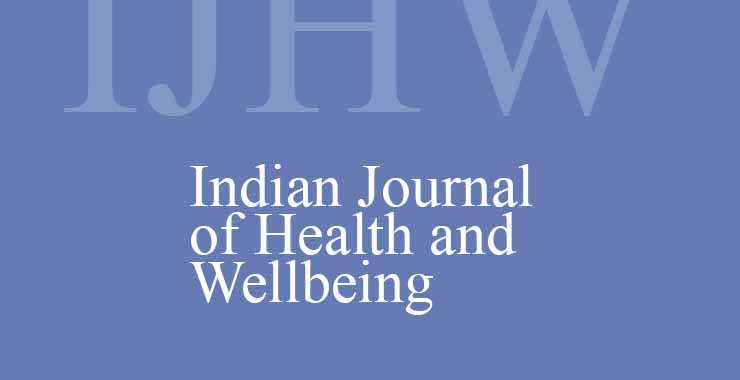Comparative Analysis of Infant and Young Child Feeding (IYCF) Practices across Districts of Assam: Insights from NFHS Data
Original price was: ₹ 201.00.₹ 200.00Current price is: ₹ 200.00.
Page: 14-22
Pragyashree Dutta, Riya Saikia, Manisha Choudhury, and Mamoni Das (Department of Food Science and Nutrition, College of Community Science, Assam Agricultural University, Jorhat, Assam)
Description
Page: 14-22
Pragyashree Dutta, Riya Saikia, Manisha Choudhury, and Mamoni Das (Department of Food Science and Nutrition, College of Community Science, Assam Agricultural University, Jorhat, Assam)
Infant and Young Child Feeding (IYCF) practices play a vital role in child survival, growth, and development. This study conducts a comparative district-wise analysis of IYCF indicators in Assam using data from the National Family Health Survey (NFHS-4, 2015-16) and NFHS-5 (2019-21). The study examines key indicators, including early initiation of breastfeeding (EIBF), exclusive breastfeeding (EBF) for infants aged 06 months, and complementary feeding adequacy (6-23 months). Findings reveal a sharp decline in EIBF (from 77.5% in NFHS-4 to 40.7% in NFHS-5), moderate reductions in EBF rates (from 66.6% to 60.6%), and persistent inadequacies in complementary feeding, with only 7.6% of breastfeeding children aged 6-23 months receiving an adequate diet. Regional disparities are evident-while the Barak Valley saw improvements in EBF, the Hill Areas and Lower Assam witnessed the most significant declines in breastfeeding rates. The study underscores an urgent need for targeted, district-specific interventions, enhanced maternal education, and improved postnatal support. Policy recommendations include strengthening facility-based breastfeeding counselling, expanding maternal leave policies, integrating IYCF promotion into the Public Distribution System (PDS), and implementing financial incentives for exclusive breastfeeding adherence.

